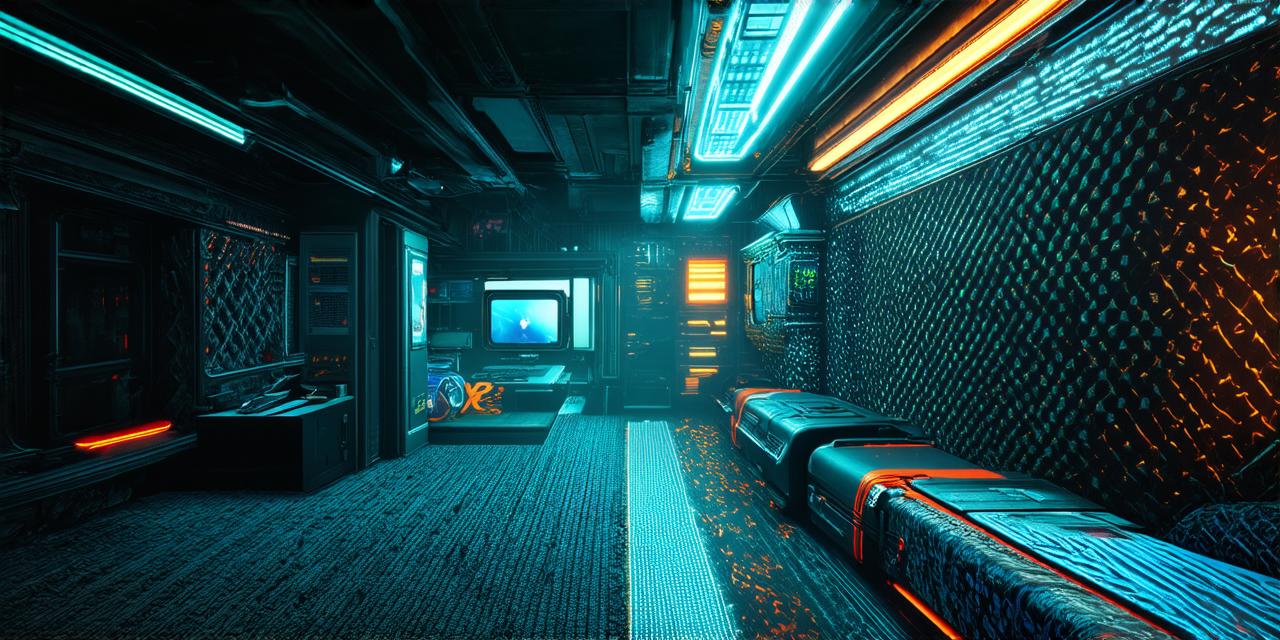Introduction
Art plays a crucial role in creating a captivating and immersive gaming experience. It brings the game world to life by giving it visual appeal, depth, and personality. Whether you’re a beginner or an experienced artist, making art for a video game can be a challenging yet rewarding task. In this article, we’ll explore some tips and techniques from industry professionals on how to make art for a video game.
Understanding the Requirements of Game Art
Before you start creating game art, it’s essential to understand what is required of you. The following are some critical aspects of game art that you need to consider:
- Style and Tone
- Resolution and Aspect Ratio
- File Format and Size
- Color Palette and Lighting
- Animation and Interactivity
The Art Creation Process
Now that you understand the requirements of game art, let’s explore the process of creating it. The following are some critical steps that you need to follow:
- Concept Art
- Character Design
- Environment Art
- Texture Art
- Lighting and Shadows
- Animation and Interactivity
Concept Art
Concept art is a rough sketch that outlines the basic idea of a game or scene. It helps you visualize the game world and identify any potential problems before moving on to more detailed artwork. Concept art should be simple, clear, and easy to understand.
Character Design
Character design involves creating characters that will inhabit the game world. You should consider the personality, backstory, and role of each character when designing them. Your designs should also be visually appealing and fit with the overall style of the game.
Environment Art
Environment art involves creating the game world itself. This includes creating landscapes, buildings, and other objects that will populate the game world. You should consider the lighting, color palette, and style of the environment when designing it.
Texture Art
Texture art is used to add detail and depth to game art. It involves applying textures to surfaces in the game world to make them appear more realistic. Texture art can include things like dirt, rust, and wear and tear.
Lighting and Shadows
Lighting and shadows are critical elements of game art that create depth and contrast. You should use lighting and shadows to enhance the mood and atmosphere of the game world.
Animation and Interactivity
Game art should be animated to bring the characters and objects in the game world to life. You should also consider interactivity, as some games require players to perform specific actions on objects or characters.
Back to top ↑

